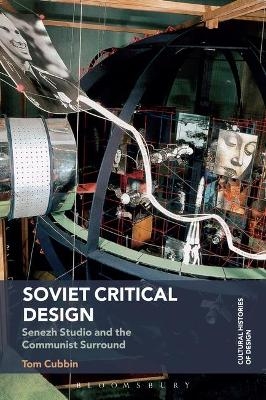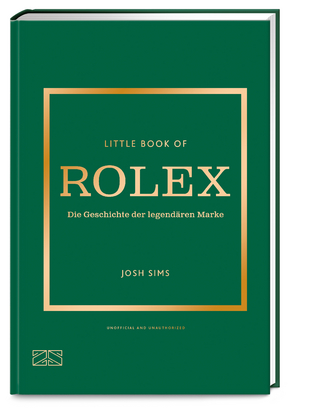
Soviet Critical Design
Bloomsbury Visual Arts (Verlag)
978-1-350-02199-0 (ISBN)
Tom Cubbin examines the studio as a site for the development of the design discipline in the optimistic environment of the 1960s Soviet Thaw. He also explores how designers adapted to the fast-changing Soviet Union of the 1970s and 1980s, considering their approach to critical projects highlighting the Soviet state’s treatment of citizens, urban heritage and public spaces.
Drawing on previously unpublished visual material from private archives and also extensive interviews, this book presents a new history of the late socialist period in the USSR, which gives insight into the creative strategies of designers who engaged their practice as a contribution to broader discussions on alternative models for socialist existence. Cubbin shows how artistic projecteering must be read as a utopian activity which privileged the political and ideological over the functional.
Tom Cubbin is a senior lecturer in design studies at the Academy of Design and Crafts, Gothenburg, Sweden. He contributed to the Bloomsbury Encyclopedia of Design, and has had several articles published in Home Cultures, Estonian Art, and the Calvert Journal.
Introduction: The Communist Surround
Socialist Objects as Critical Design
The Communist Surround
The Language of Soviet Design
Late Socialism
Conclusion
Chapter 1: Art, Technology and Design in the Soviet Thaw
Technical Aesthetics as a ‘Science of Design’
Theories of Design in Art and Aesthetics
Problems of Design
Foreign Influences
From Chaos to Harmony
The Production Art of the Future
Objects of the Future
Conclusion
Chapter 2: Senezh Studio and the Emergence of a Critical Practice
The Artist in Design
Seminar for Design and Industrial Art – Programme of Work
Summary of Courses in Colour and Composition, 1969
Industrial Policy and Labour
Open Form
Sites of Experimentation: Socialist Spaces of the Future
Methodological Philosophy and the Reassessment of Artistic Projecteering
The Domestic Information Machine
Conclusion
Chapter 3: Semiotics, Environment, and the Historical Turn
Abandoning Industrial Design
Redefining Visual Agitation
Conservation of Architectural Heritage
Retrospectivism, Memory and History
Theatricalization
Conclusion: Opening the Semiotic Cage
Chapter 4: Design and the Projective Imagination
Environment and the ‘Museification’ Debate
‘Projectivism’ and Design
Icons of a Higher Reality
Underground Culture
Maiakovskii Square as a Theatre of Post-Authoritarian Urbanity
Conclusion
Chapter 5: A Quiet Conversation Among Things: Memory, Agency and Materiality at the End of History
Background: Cultural Ecology and Projecteering in Pushchino
The Abandoned House
Perestroika and Time
Photographs
Tables
Icons
Conclusion
Conclusion
End Matter
Appendix I – Complete List of Senezh Projects
Appendix II – Key People
Index
| Erscheinungsdatum | 28.12.2018 |
|---|---|
| Reihe/Serie | Cultural Histories of Design |
| Zusatzinfo | 48 b/w illustrations |
| Verlagsort | London |
| Sprache | englisch |
| Maße | 156 x 234 mm |
| Gewicht | 502 g |
| Themenwelt | Kunst / Musik / Theater ► Design / Innenarchitektur / Mode |
| Kunst / Musik / Theater ► Kunstgeschichte / Kunststile | |
| ISBN-10 | 1-350-02199-7 / 1350021997 |
| ISBN-13 | 978-1-350-02199-0 / 9781350021990 |
| Zustand | Neuware |
| Haben Sie eine Frage zum Produkt? |
aus dem Bereich


